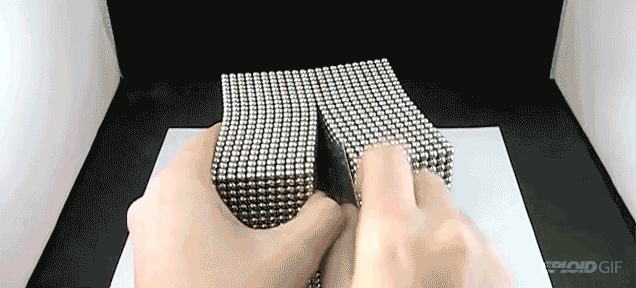
Harnessing the awesome power of the Sun isn't just dependent on the efficiency of solar cells, but also on making them affordable. Current techniques aren't exactly cheap, but researchers from Stanford University think they've made a bit of a breakthrough by producing a relatively inexpensive photovoltaic cell using nothing but carbon. We're sure other scientists might disagree with the 'world's first' claim, but those at Stanford think it's a matter of language, and that these other pretenders are "referring to just the active layer in the middle, not the electrodes." The team selected a trio of carbon types to use in their cell: a mixture of nanotubes and buckyballs make up the light-absorbing layer, while graphene is being utilized for the electrodes.
The carbon amalgam can be applied from solution using simple methods, meaning the flexible cells could be used to coat surfaces, although you won't be seeing it smeared over anything too soon. The prototype only touts a "laboratory efficiency of less than 1 percent," so it can't compete with traditional solar cells just yet. Also, it only absorbs a sliver of the light spectrum, but the researchers are looking to other forms of the wonder element which could increase that range. They are hoping that improving the structure of the cells will help to boost their efficiency, too. They might never generate the most energy, but the all-carbon cells can remain stable under extreme conditions, meaning they could find their calling in harsh environments where brawn is a little more important than status, or looks.
Filed under: Science, Alt
Stanford researchers create 'world's first' all-carbon solar cell, do it on the cheap originally appeared on Engadget on Thu, 01 Nov 2012 19:12:00 EDT. Please see our terms for use of feeds.
Permalink  TechEye
TechEye |
 Stanford News
Stanford News |
Email this |
Comments





